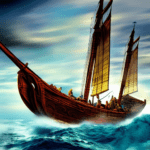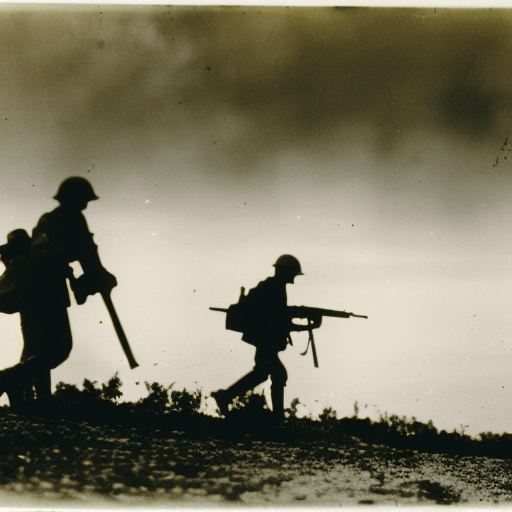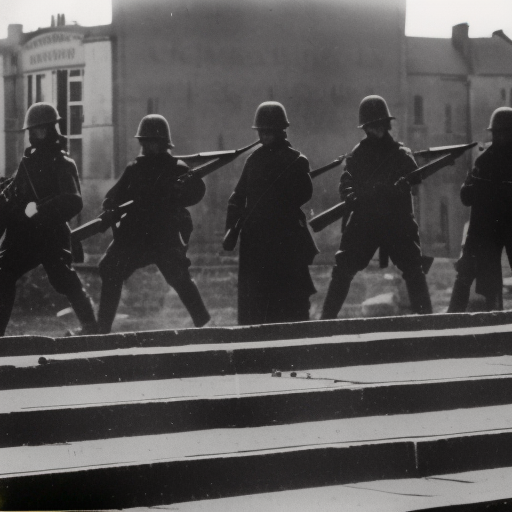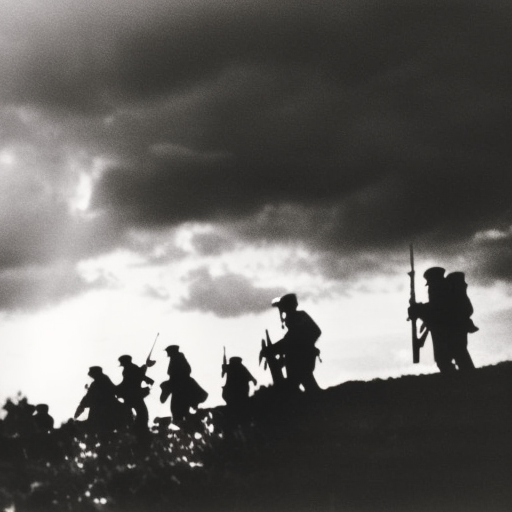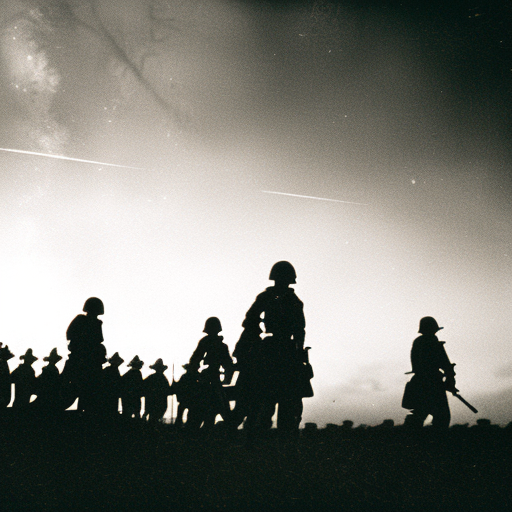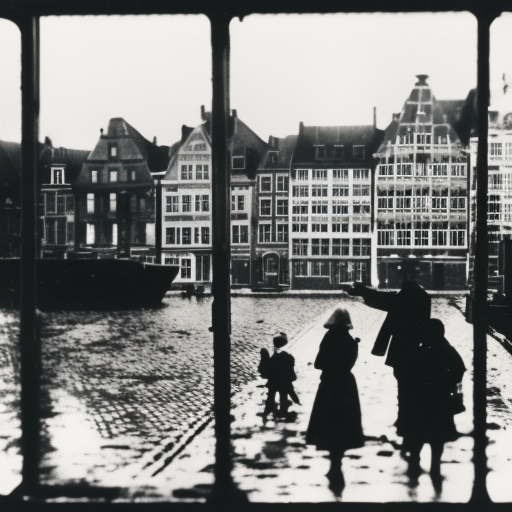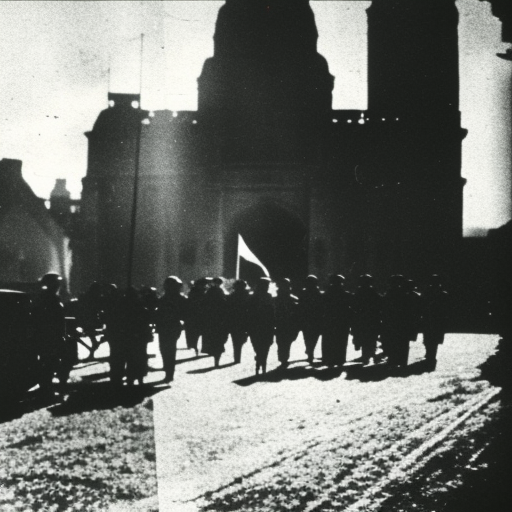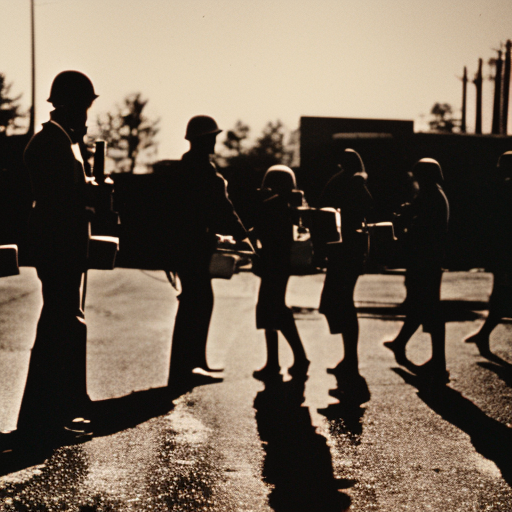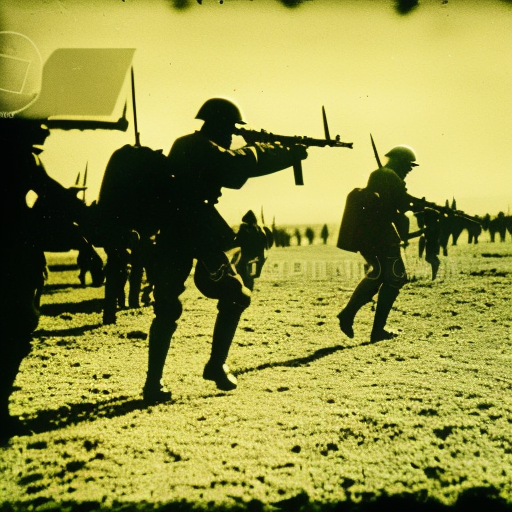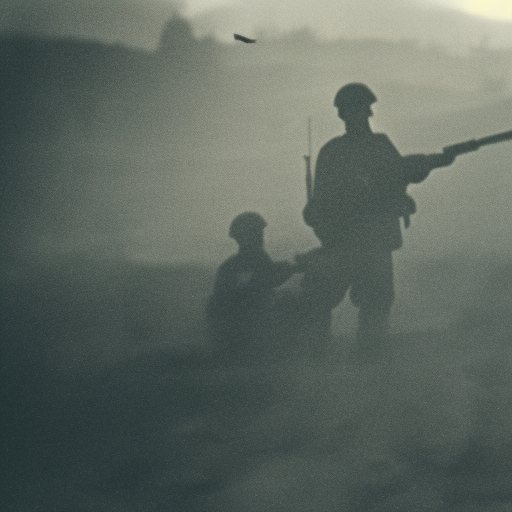World War I was a global conflict fought between 1914 and 1918, involving major powers and resulting in significant political, social, and economic changes.
Battle of Amiens Explained
The Battle of Amiens was a decisive Allied victory in World War I that marked the beginning of the end for the German army.
Hundred Days Offensive Explained
The Hundred Days Offensive was a series of Allied offensives during World War I that ultimately led to the collapse of the Central Powers.
Battle of the Lys Explained
The Battle of the Lys was a major World War I battle fought between German and Allied forces in April 1918.
Battle of the Frontiers Explained
The Battle of the Frontiers was a series of clashes between German and Allied forces at the start of World War I, resulting in heavy casualties and the German advance into France.
German invasion of Belgium Explained
The German invasion of Belgium marked the beginning of World War I and violated Belgium’s neutrality.
Battle of Brunete Explained
The Battle of Brunete was a major Republican offensive during the Spanish Civil War in 1937.
Second Phase Offensive Explained
The Second Phase Offensive was a military campaign during World War I that aimed to break the stalemate on the Western Front.
European theatre of World War I Explained
The European theatre of World War I was a major conflict that took place primarily in Europe from 1914 to 1918, involving many European nations and resulting in significant casualties and territorial changes.
Fourth Phase Offensive Explained
The Fourth Phase Offensive was a major military campaign during the Vietnam War launched by North Vietnam in 1968.
World War I Explained
World War I was a global conflict that lasted from 1914 to 1918, involving major powers and resulting in significant political, social, and economic changes.
Western Front Explained
The Western Front refers to the series of trenches and battlefields in Western Europe during World War I, where intense fighting took place between Allied and Central Powers.
